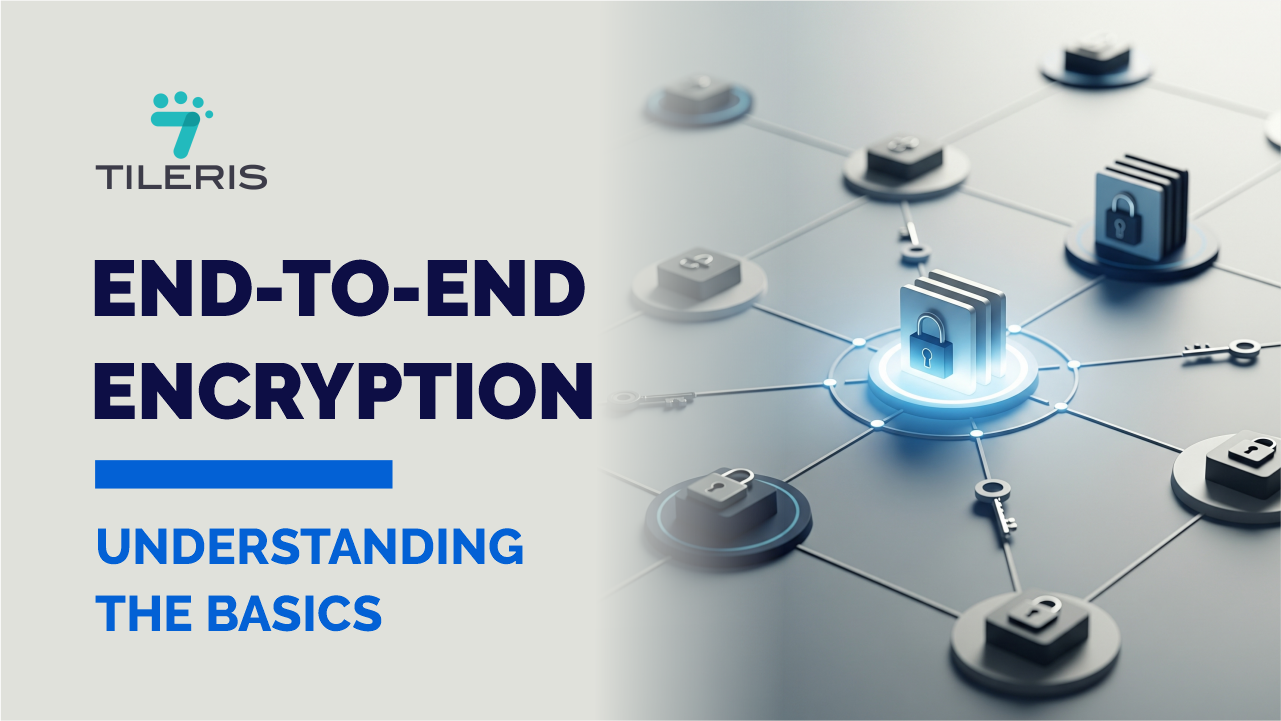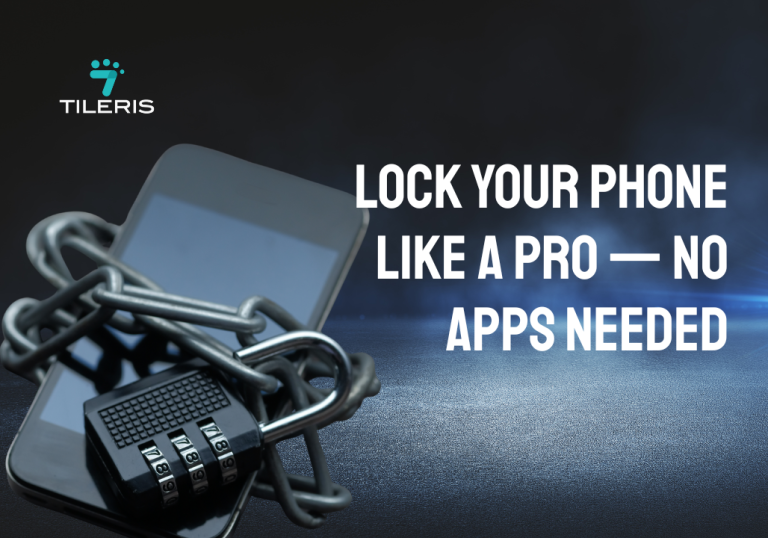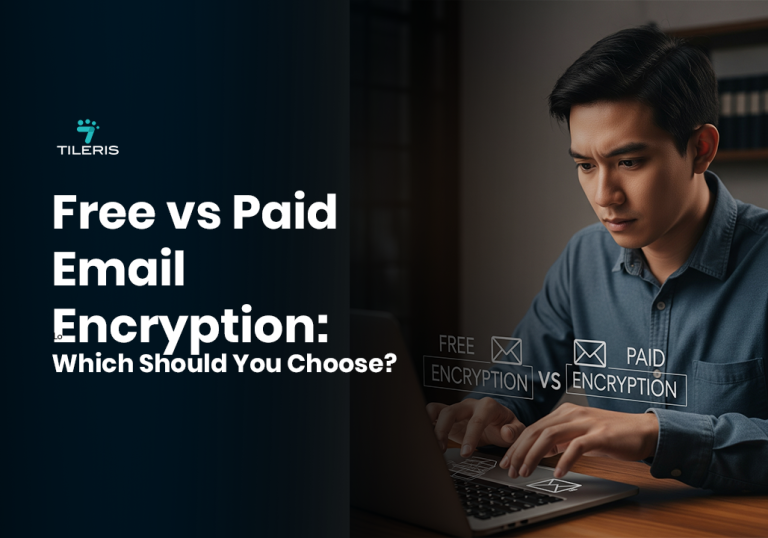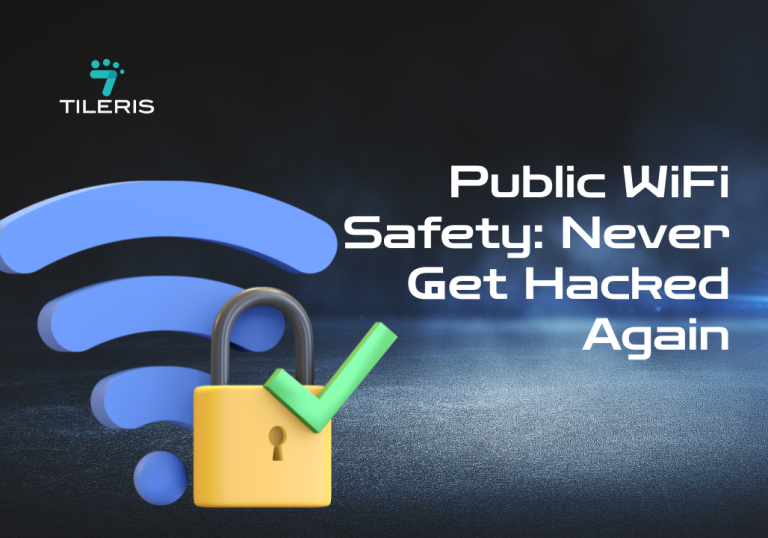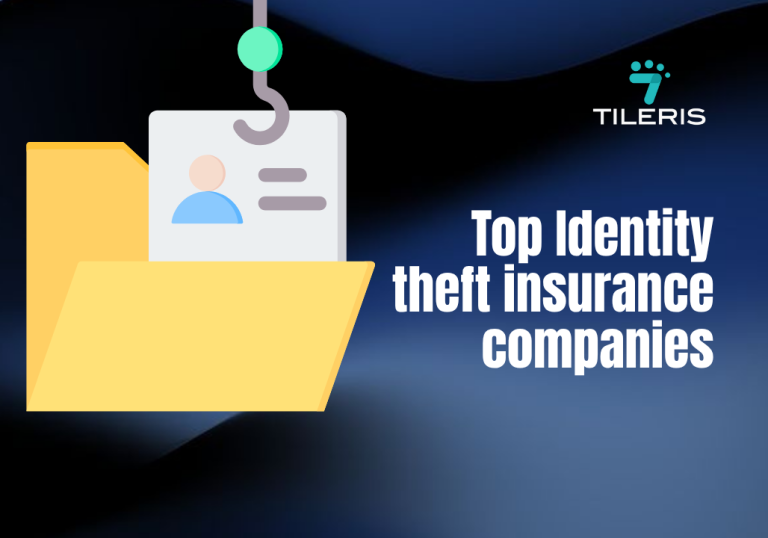End-to-End Encryption: Understanding the Basics
Introduction
Ever wonder how your private chats, sensitive emails, or even those online banking transactions stay, well, private?
In a world buzzing with digital interactions, it’s a question that often pops up, and rightly so. We share so much of ourselves online, from family photos to financial details, and the thought of prying eyes lurking in the digital shadows can be a bit unsettling. That’s where End-to-End Encryption comes in, a bit like a super-secure digital lockbox for your messages and data.
Think of it this way, when you send a traditional letter, anyone handling it along the way, the postman, the sorting office, could potentially open and read it. But with end-to-end encryption, it’s as if you’re putting your letter in a special, magic envelope that only you and your intended recipient have the unique key to unlock. Even the postal service (or, in our digital world, the service provider) can’t peek inside. Pretty neat, right?
What Exactly Is This “End-to-End” Magic?
At its core, End-to-End Encryption (E2EE) means your data is transformed into an unreadable mess of characters, we call this “ciphertext” the moment it leaves your device. It stays in this scrambled form throughout its entire journey across the internet, until it finally reaches the intended recipient’s device, where it’s then magically unscrambled back into its original, readable form.
This isn’t just a fancy trick; it’s a fundamental shift in how digital security works. Unlike some other encryption methods, where data might be decrypted and re-encrypted at various points along the way, making it vulnerable at those junctures.
E2EE ensures that the data is only readable at the “ends”; your device and your recipient’s device. No one in between, not even the company providing the service, can access the content.
The Secret Sauce: Public and Private Keys
So, how does this digital lockbox system actually work? It largely relies on something called “asymmetric cryptography,” which sounds complicated but is quite clever. Imagine each of us has two very special keys: a “public key” and a “private key.”
- The Public Key: This one is like an open mailbox. You share it freely with anyone you want to receive encrypted messages from. It’s used to encrypt messages intended for you.
- The Private Key: This key is your secret treasure, kept securely on your device and never shared. It’s the only key that can decrypt messages that were encrypted with your corresponding public key.

Here’s a simplified breakdown of the process:
- When you want to send a message to your friend Sarah, your device uses Sarah’s public key to encrypt your message.
- This encrypted message then travels across the internet. Even if someone intercepts it, all they see is gibberish because they don’t have Sarah’s private key.
- When the message arrives at Sarah’s device, her device automatically uses her private key to decrypt it, revealing your original message.
The beauty of this system is that your private key never leaves your device. This makes it incredibly difficult for anyone to eavesdrop on your conversations.
Why Does E2EE Matter So Much for You and Me?
In an age where data breaches are practically daily news, End-to-End Encryption isn’t just a nice-to-have; it’s becoming a fundamental pillar of our digital privacy and security.
Your Personal Conversations Stay Personal
Think about all the messages you send on apps like WhatsApp or Signal. With E2EE, your heartfelt confessions, silly jokes, and sensitive family discussions remain just between you and the recipient. No one, not even the app provider, can read them. This is crucial for protecting your personal autonomy and freedom in the digital sphere.
Protection Against Nasty Surprises (Like Man-in-the-Middle Attacks)
Ever heard of a “man-in-the-middle” attack? It’s where an attacker secretly intercepts and potentially alters communication between two parties.
E2EE offers robust protection against these attacks because even if an attacker manages to intercept the communication, they won’t be able to read or manipulate the data without the private key.
Safeguarding Sensitive Information
From financial details to medical records, we transmit sensitive information daily. E2EE ensures that this valuable data is securely transmitted, shielding it from industrial espionage, cybercriminals, and unauthorized access. Imagine sending your bank account details, with E2EE, it’s like sending them in a sealed, uncrackable vault.
Boosting Trust in Digital Services
When companies implement E2EE, it demonstrates a strong commitment to user privacy and data security. This builds trust, which is invaluable in today’s digital economy. According to a survey by BCS, The Chartered Institute for IT, 78% of industry professionals don’t believe restricting E2EE would make the world safer, and 66% think it would negatively impact societal protection. This highlights the widespread recognition among experts of E2EE’s importance.
A Few Things E2EE Doesn’t Do (and Why It’s Still Awesome)
While End-to-End Encryption is incredibly powerful, it’s not a magic bullet that solves every digital security problem. It’s important to understand its limitations:
- It doesn’t protect against a compromised device: If your phone or computer is infected with malware or stolen, an attacker could potentially access your decrypted messages on your device before or after they’re encrypted. The encryption protects the data in transit, not necessarily at its endpoints.
- Metadata isn’t always encrypted: While the content of your message is scrambled, the “metadata”, like who you’re communicating with, when, and how often, can sometimes still be visible to third parties, including service providers. This is a persistent challenge that security experts are constantly working to mitigate.
- It’s not unbreakable in theory (but incredibly hard in practice): While strong encryption is incredibly difficult to break, it’s not impossible. Vulnerabilities in implementation, weak passwords, or future advances in computing power, like quantum computing could, in theory, compromise encrypted data. However, for everyday use, modern E2EE is considered extremely secure.
Despite these caveats, the benefits of End-to-End Encryption far outweigh its limitations. It provides a crucial layer of privacy and security that was once unimaginable for the average person.
The Future of Your Digital Conversations
The conversation around End-to-End Encryption is ongoing, particularly as governments grapple with the balance between privacy and national security. Some governments push for “backdoors” into encryption systems, which would allow them to access encrypted data.
However, as many experts argue, Weaker encryption also means weaker national security. This highlights the global nature of encryption and the futility of trying to weaken it in one region.
The future of E2EE will also be influenced by technological advancements, such as the need for “quantum-resistant” algorithms to prepare for the advent of quantum computers that could theoretically break current encryption methods.
Improvements in key management and more user-friendly implementations are also expected to further popularize this vital technology.
Ultimately, End-to-End Encryption empowers you to have truly private conversations in a digital world. It’s about giving you control over your own information and ensuring that your digital whisper remains just that, a whisper between you and the person you’re talking to.
So next time you send a message on your favorite app, take a moment to appreciate the invisible, powerful shield of end-to-end encryption working silently in the background, keeping your digital life truly yours.
Conclusion
We live in a world where every tap, scroll, and send can be tracked, logged, or leaked. Privacy isn’t paranoia, it’s practical.
Understanding end-to-end encryption is no longer optional. It’s a basic digital survival skill, like knowing how to spot a scam email or when not to share your password.
So the next time you send a message and see that little “locked” icon or a notification saying, “Your chats are end-to-end encrypted”, don’t gloss over it. Smile a little. Because that tiny piece of technology is working hard to keep your world just a little more private.
Take the Next Step Towards Smarter Security
Want to elevate your security game? We’ve got just what you need:
- Download your free Security Checklist today! It’s packed with simple, actionable steps to help you stay protected online, perfect for anyone exploring tools like TLS, S/MIME, or PGP.
- Need a bit more personalized guidance? Request a free consultation! Our team is happy to walk you through your options and help you choose the right security approach for your specific needs.
- Curious how modern AI can make security even easier? Request a demo to see how Tileris AI Agents work in real time. Just drop us a note through our contact form, and we’ll show you what smarter security really looks like.
Don’t leave your digital life to chance. Let’s make it secure, together.

